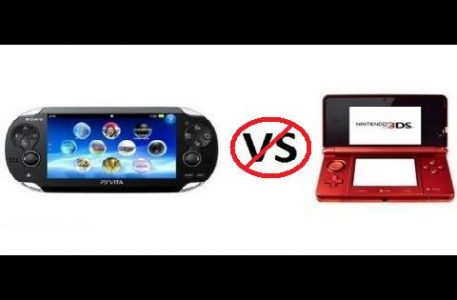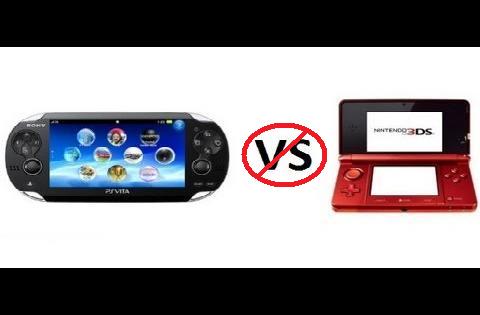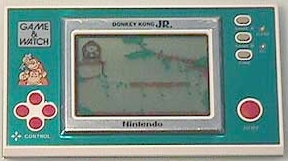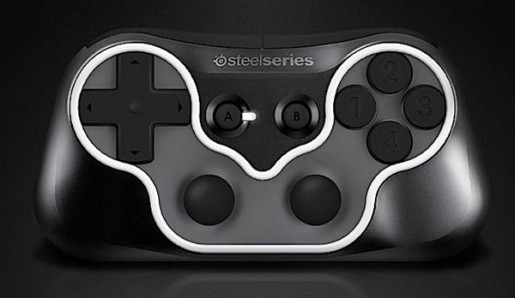
The word around the industry is that the dedicated handheld market is going the way of the dinosaur. With the prominent rise of mobile gaming, many feel that there is no longer a market for devices such as the 3DS or the PS Vita. But what the majority of these critics, analysts, and yes, even fellow journalists are failing to realize, is that mobile gaming has never set their sights on the audience that dedicated handhelds catered to, until now that is.
The video gaming industry is not now, nor has it ever been clearly defined, and whether you realize it or not, whether you choose to accept the following or refute is as the ramblings of an old man; the fact of the matter is, mobile gaming has actually been around longer than dedicated handhelds have been. LCD games and the Game and Watch games (created by Nintendo ironically) such as Donkey Kong Jr., Crab Grab, and Donkey Kong 2, and those good old wristwatch games that Nelsonic Industries made were predecessors of mobile games not dedicated handhelds because the games were not interchangeable, nor were they immersive experiences. These games only provided instant gratification and could only hold our attention for several minutes at a time, qualities all shared by the games in today’s mobile market.
The dedicated handheld market did not truly exist until nearly a decade later when Nintendo introduced us to the Game Boy: a portable device that provided hours (10 – 12 hours with only 4 AAA’s) of entertainment at a much higher cost of investment. However, this did not eliminate the mobile gaming market as Tiger Electronics continued to make LCD games, despite the rampant success of the newly emerged dedicated handheld market. The reason these mobile games of the past survived was not due to some elaborate marketing ploy or some sort of amazing strategic business plan to compete with the Game Boys, Game Gears and TurboExpress’s out there. They survived because they understood (after a failed attempt at targeting the dedicated handheld audience with the R-Zone device) that their target audience was a different caliber of gamer as much back then as they are now.
Game and Watch led to LCD games, which led to wristwatch games, which led to keychain digipets. God how I wanted to smash my tenth grade geometry teacher’s digipet; that thing always wanted her to play with it, and feed it; all of which she was happy to stop class to do, which leads back to my point, a different caliber of gamers. See the Wii did not create a new type of gamer because these “casual gamers” have always been here; Nintendo was merely the first ones to mass market to them.
Over the past fifteen years, mobile technology has become increasingly powerful. With the introduction of iOS and Android platforms and the mobile app market, hundreds of indie developers have flocked to these mobile devices because they are easy to develop and can be sold for any number of prices regardless of quality or content; the mobile market is not regulated or structured in any way shape, or form. This is detrimentally damaging, not to the dedicated handheld market, but to the mobile gaming market, as there is no standard.
The argument that the current success (notice I said current) of mobile gaming has any effect on the current dedicated handheld market (again, current) as a blanket statement is not only foolish, but also completely irresponsible. These are two separate markets; agreeing that mobile gaming is taking funds away from dedicated handheld market is like saying the Wii is the reason that more 360s and PS3 did not sell. Now don’t get me wrong, looking to the future, there is some validity here.
Innovation comes from fresh minds; our indie developers are those fresh minds. They’re the future of gaming. If they have more reason to develop games for the mobile market over the dedicated handheld market, then and only then, will dedicated handhelds die. Shuhei Yoshida once said in an interview with Develop Online, that the Vita will work towards pulling that indie talent away from developing mobile games because the Vita is “small and light and easy for developers to handle.”
Developing a better understanding of what drives developers, both young and old, into the markets they bring their innovation to is crucial to survive the next generation of both console and portable. As mobile games approach the level of quality that we come to expect from our dedicated handhelds lines between mobile and dedicated markets are becoming a blur. The unregulated market of mobile game pricing will indeed have an adverse affect on the entire portable gaming market.
If we all do not accept the fact that we have a responsibility to this industry to assign proper definitions of the markets, the lines between social, mobile, casual, and dedicated will become so blurred that it will become impossible to separate them. If we continue to let genres and markets blend into one another and if we do not stop and regulate this mobile gaming market, we may be well on our way to the third Great Video Game Crash.



